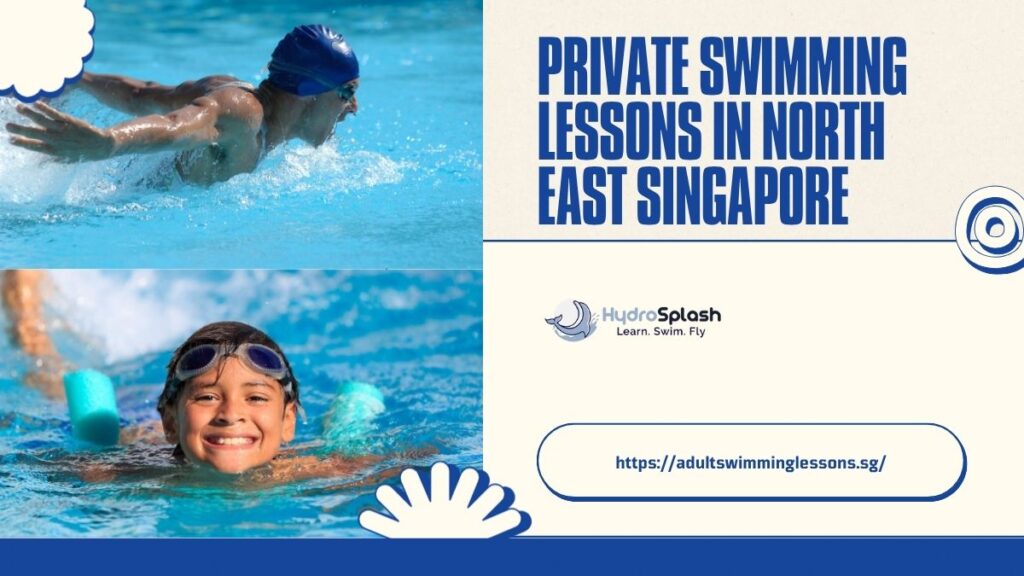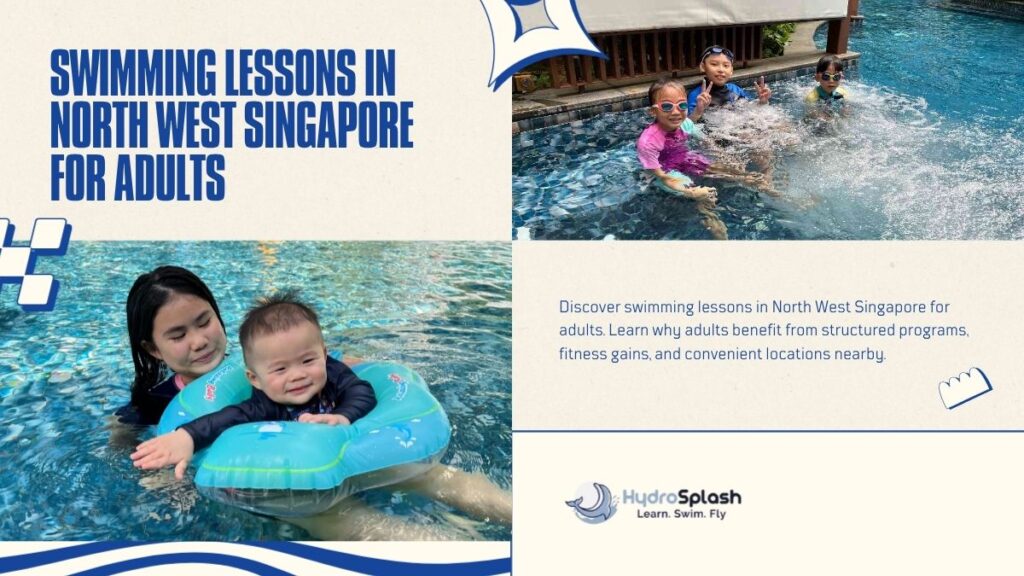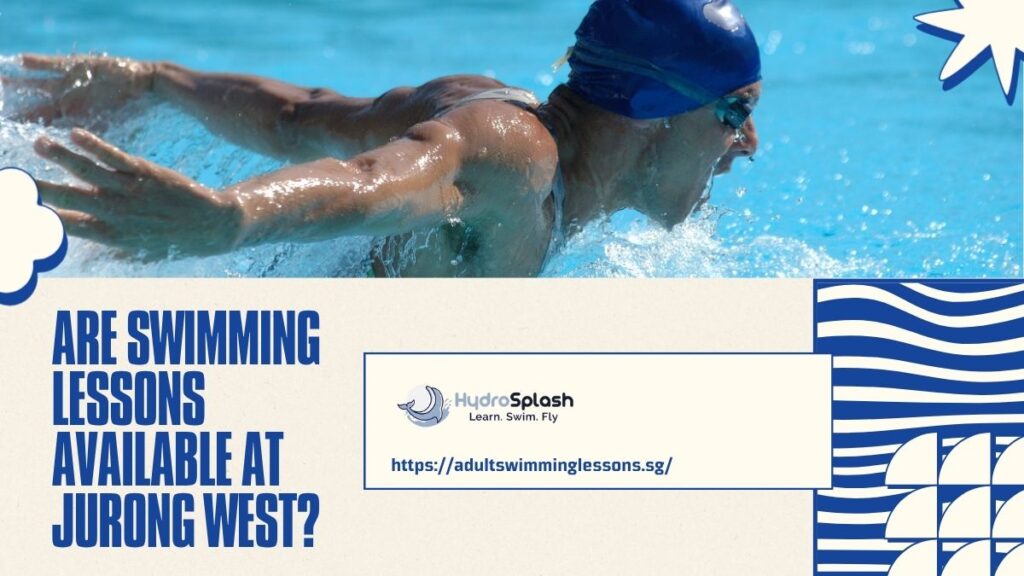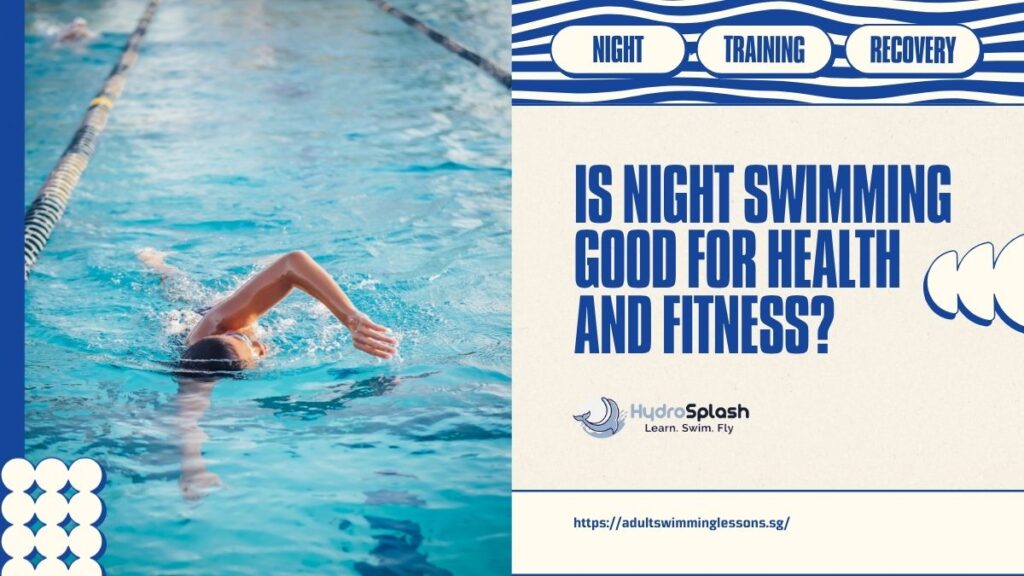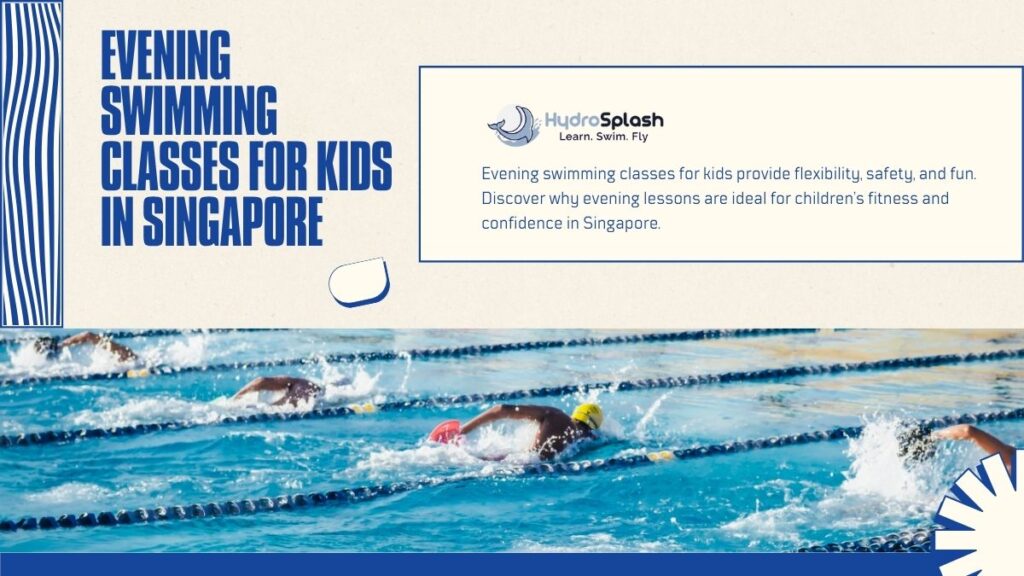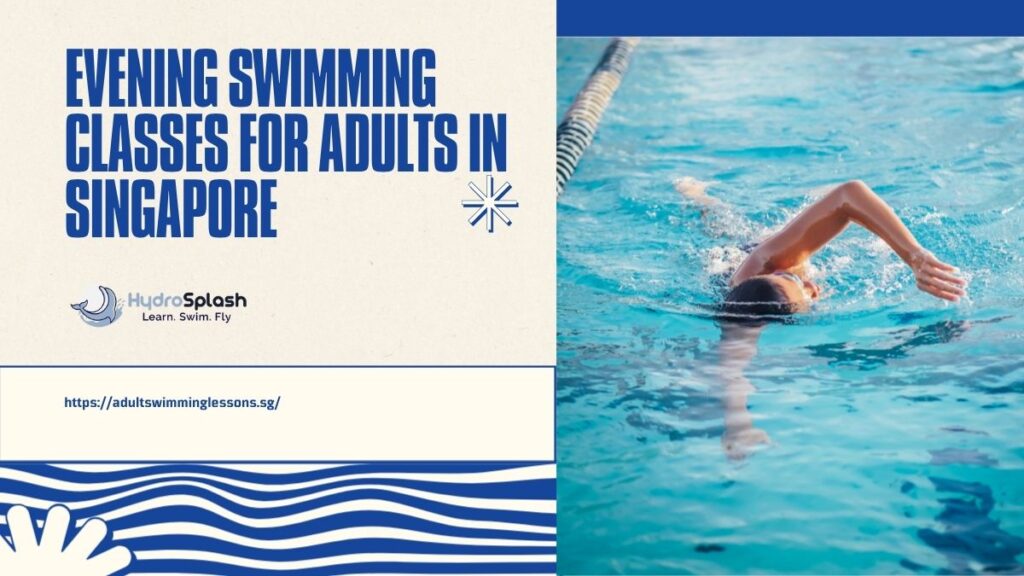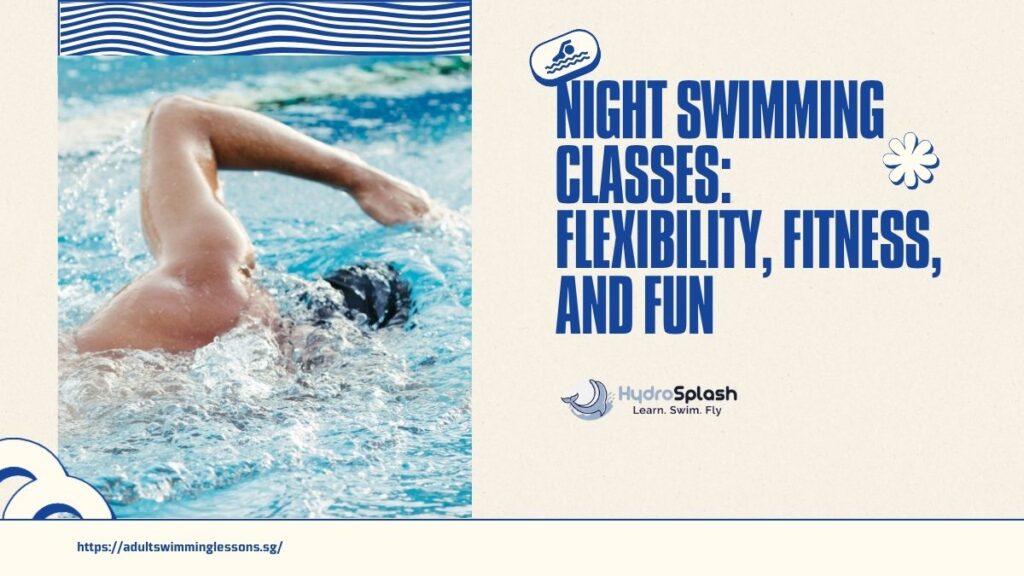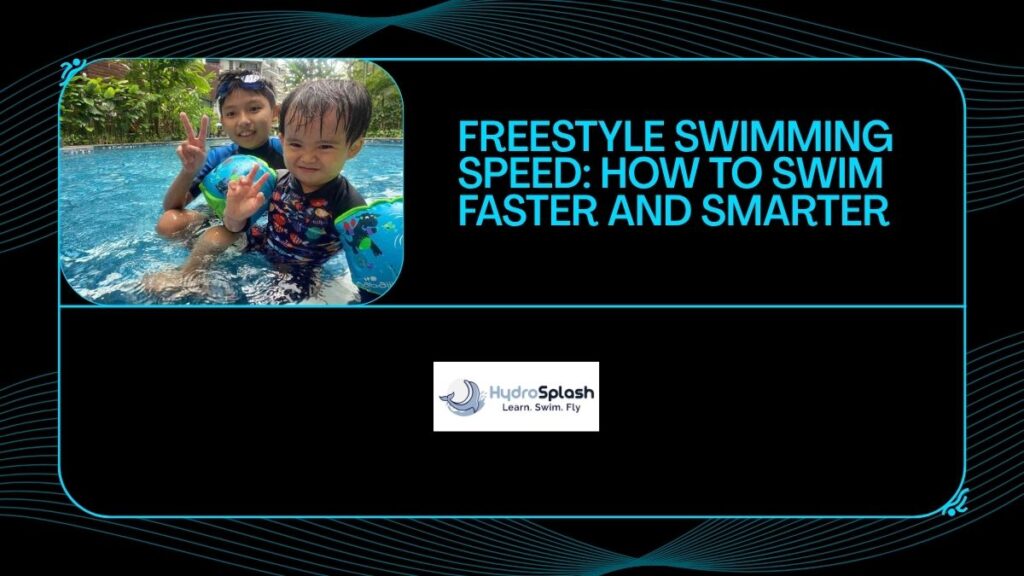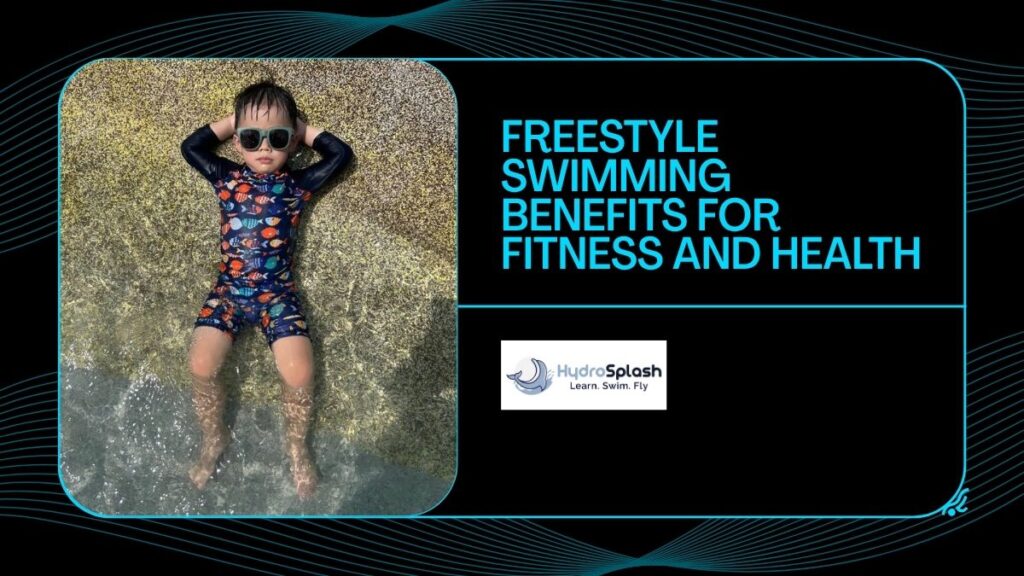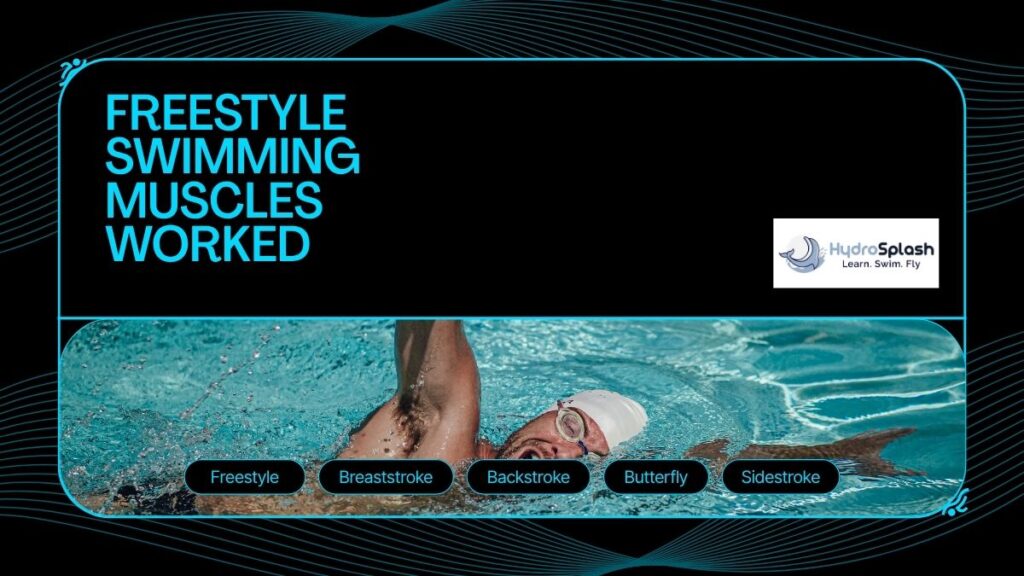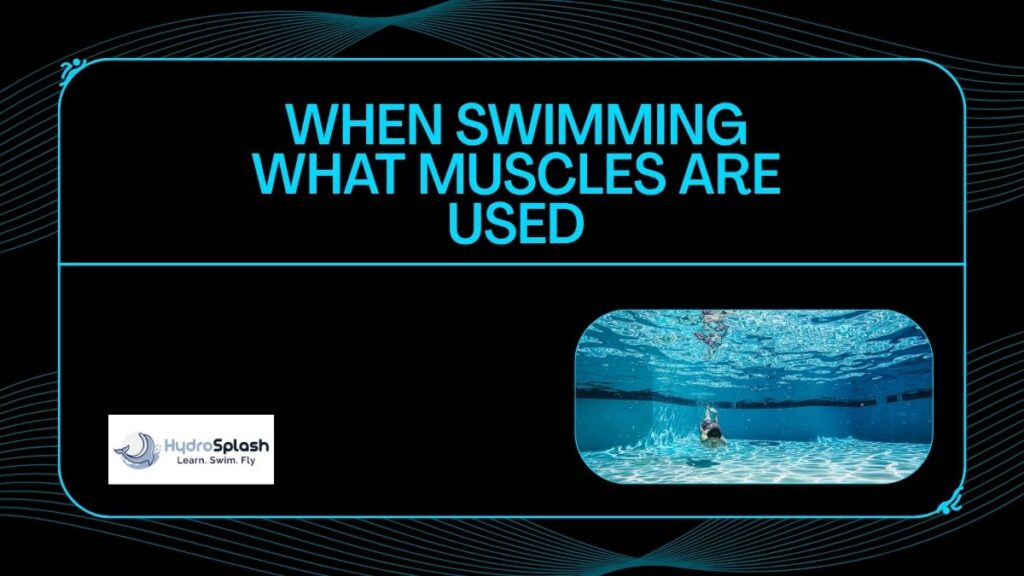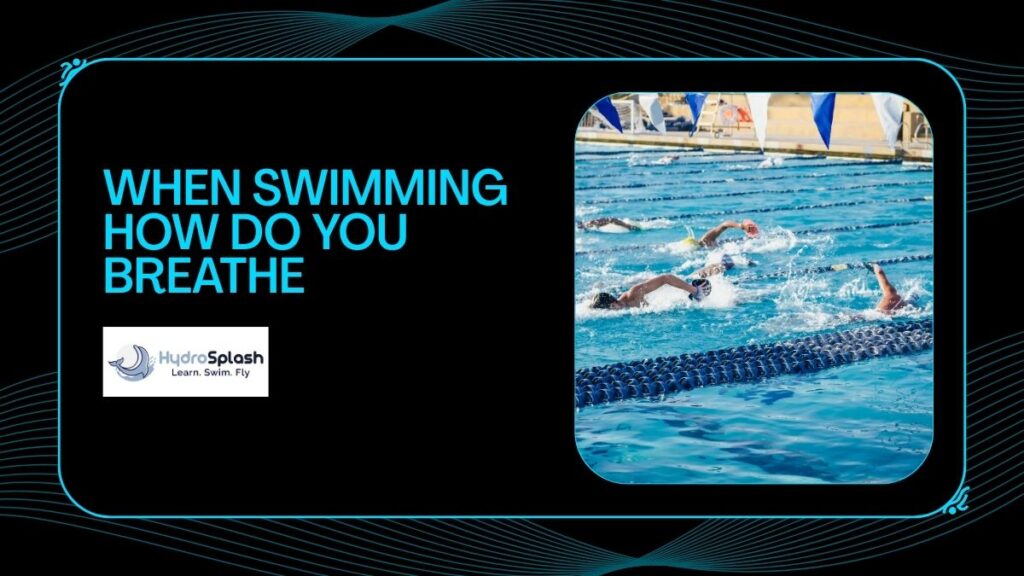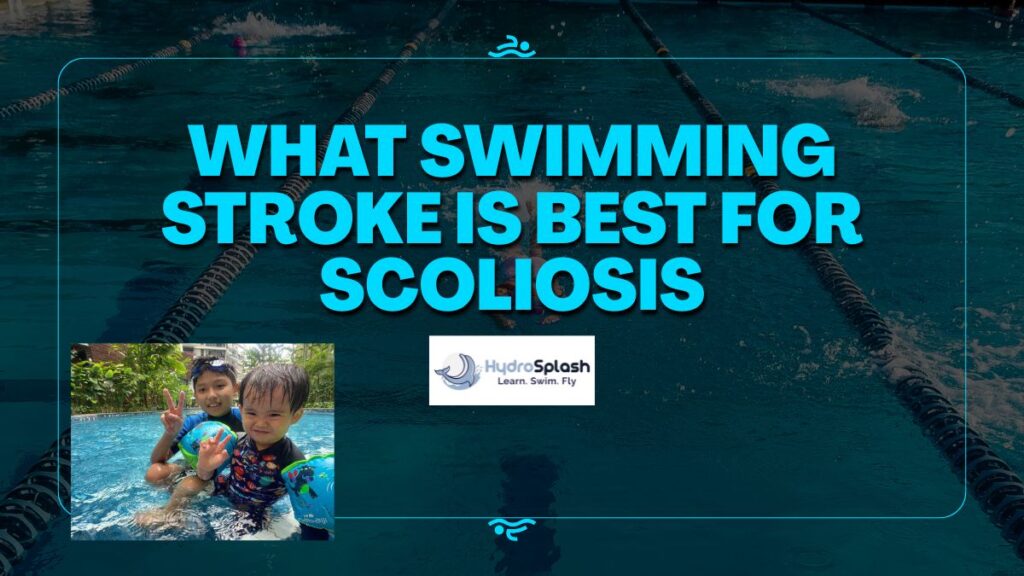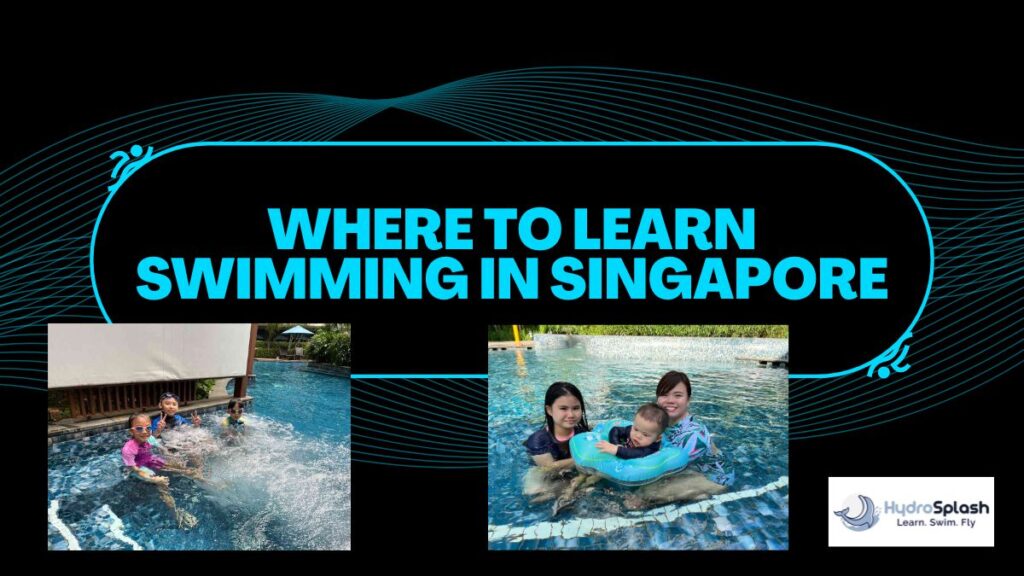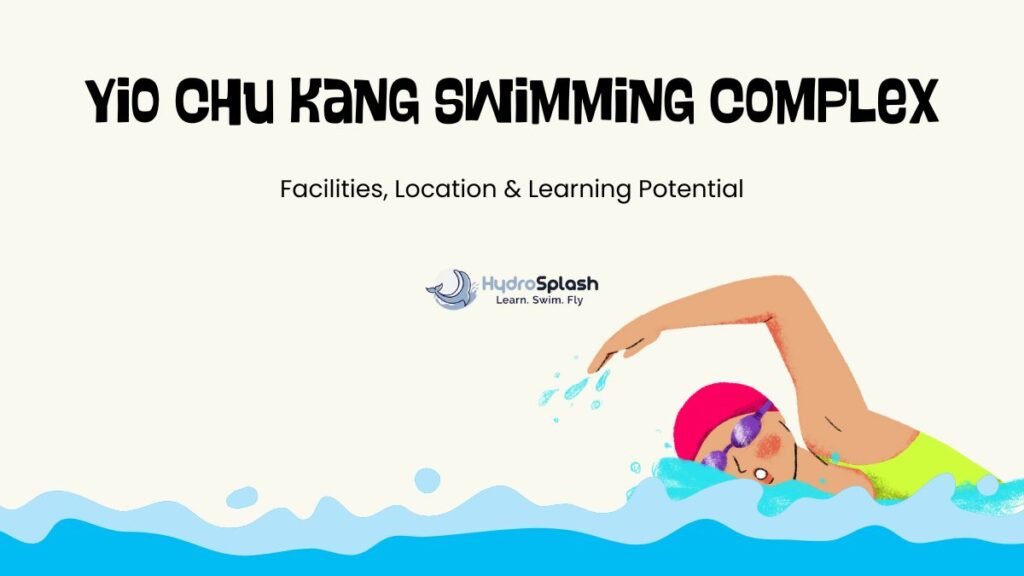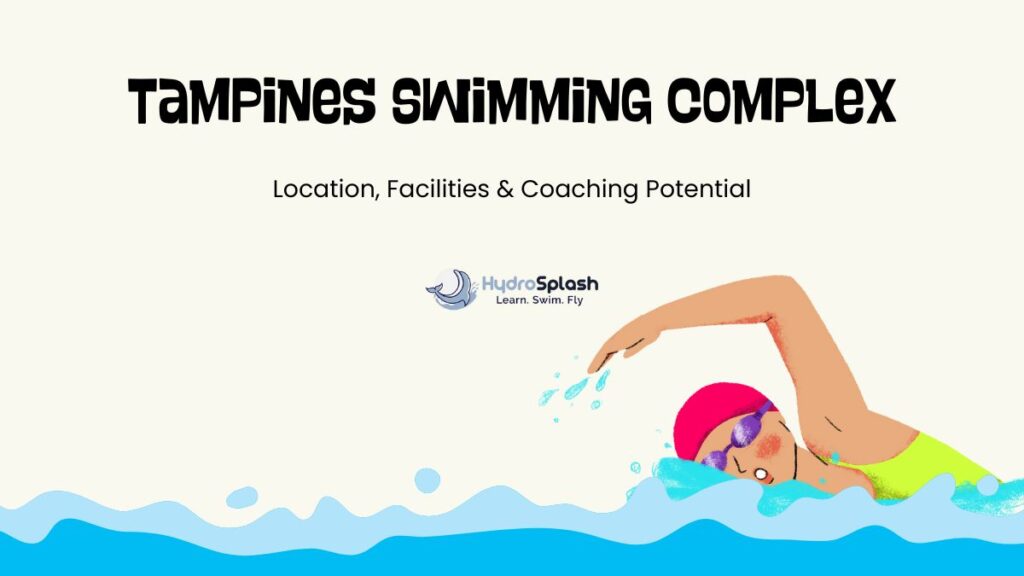Private Swimming Lessons in North East Singapore
Private Swimming Lessons in North East Singapore For many families and professionals in Singapore, time is precious, and learning effectively matters. This is where private swimming lessons in the North East come in. Covering areas like Hougang, Sengkang, and Punggol, private coaching provides a personalised and flexible approach to swimming—ideal for both children and adults who want to learn at their own pace. Whether your goal is water confidence, safety, or mastering advanced strokes, private lessons deliver results that group sessions sometimes cannot. Why Choose Private Swimming Lessons in the North East? Private lessons are tailored to the needs of the swimmer. Instead of sharing pool time with a large group, you get direct, uninterrupted guidance from a coach who focuses solely on your strengths, weaknesses, and goals. This individual attention is particularly beneficial for adults who may be nervous about swimming or for children who need extra encouragement in the water. In Singapore’s North East, private swimming lessons are popular because they fit into busy family schedules. With coaches available for flexible timings, families can arrange sessions after work, school, or during weekends, avoiding the rigid schedules of group classes. A study published by Swim England highlighted that swimmers who receive one-on-one training often progress up to 50% faster compared to those in large groups. This efficiency makes private coaching especially appealing for professionals and parents who want to maximise results in less time. Benefits of Private Swimming Lessons in the North East Private lessons offer more than just faster progress. The benefits extend to safety, confidence, and lifestyle. For children, learning in a comfortable and less crowded environment helps them overcome initial fear of water and build confidence step by step. For adults, private coaching removes the intimidation factor of group settings, allowing them to ask questions freely and focus on their unique goals. Beyond confidence, private lessons in the North East are known for helping swimmers achieve better technique. Coaches can spot and correct even the smallest mistakes in stroke, breathing, and posture. Over time, this leads to more efficient swimming, improved endurance, and reduced risk of injury. Convenience of Locations in the North East The North East region of Singapore is home to several well-equipped swimming complexes such as Sengkang Swimming Complex, Hougang Swimming Complex, and Punggol Swimming Complex. Many private coaches also provide lessons in condominium pools, making it convenient for residents who prefer learning in a more familiar environment. This flexibility means you don’t have to compromise on location. Whether you prefer the structured environment of a public swimming complex or the comfort of your condo pool, private lessons in the North East can be tailored to suit your preference. Private Lessons for Adults and Kids Private swimming lessons cater to both adults and kids, with customised approaches. Adults often seek lessons for fitness, rehabilitation, or to overcome a lifelong fear of water. Coaches working with adults in the North East design sessions that balance safety, skill development, and confidence-building. For children, private lessons align with structured programs like SwimSafer, Singapore’s national water safety program. Kids not only learn basic strokes but also essential survival skills, giving parents peace of mind whenever their children are around water. According to Sport Singapore, consistent participation in sports from a young age contributes to lifelong health and well-being. Private lessons ensure kids get that foundation in a supportive, focused setting. Conclusion Private swimming lessons in North East Singapore offer a powerful combination of flexibility, individual attention, and faster progress. Whether you’re an adult learning for the first time, or a parent helping your child gain water confidence, the North East provides convenient facilities and professional coaches ready to guide your journey. If you’re looking to experience the benefits of tailored coaching, explore HydroSplash’s private swimming lessons today and discover how 1-on-1 training can transform your swimming journey. Check out swimming lesson in the North West. FAQ Q: Are private swimming lessons available in Punggol and Sengkang?A: Yes, private coaching is available at public complexes and condominium pools across the North East. Q: Do private lessons help kids progress faster?A: Absolutely. With one-on-one attention, children often learn strokes and water safety skills more quickly. Q: Can adults join private swimming lessons in the North East?A: Yes, private lessons cater to adults of all levels, from beginners to advanced swimmers. Q: Are private lessons aligned with the SwimSafer program?A: Yes, many private coaches follow the SwimSafer framework to ensure kids build both swimming ability and survival skills. Click on the link to find out more about HydroSplash Swimming. Chat with our representatives today!About HydroSplash SwimmingAdult Swimming LessonPrivate Swimming LessonKids Swimming LessonWhatsapp Us

